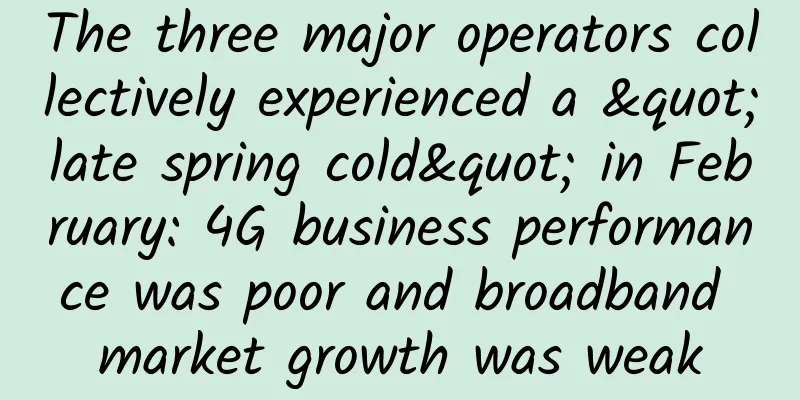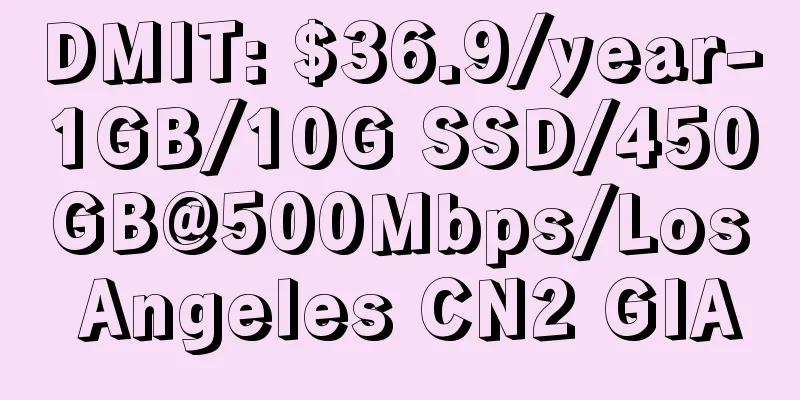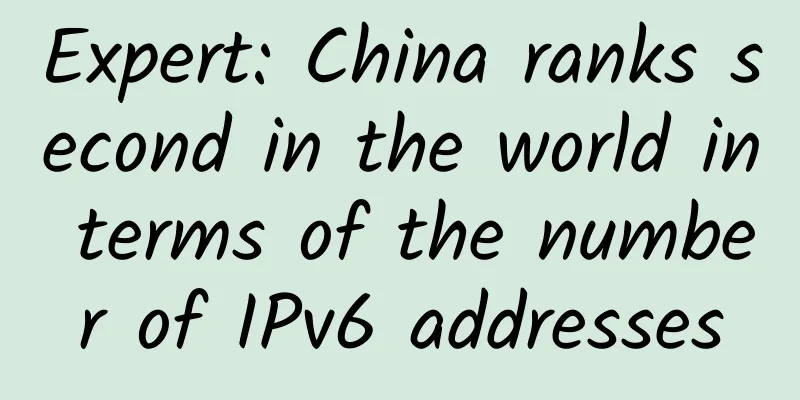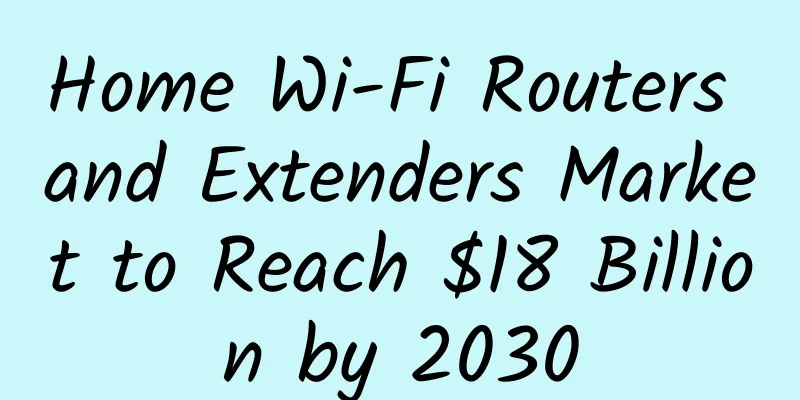Mainstream IoT wireless technologies are here!
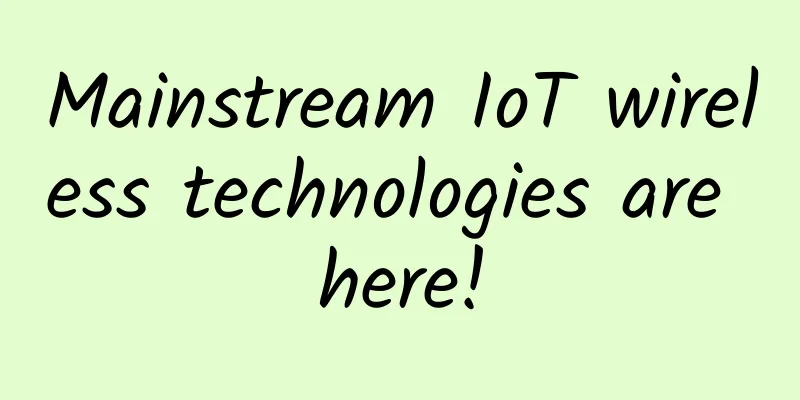
|
This article covers: Bluetooth, WiFi, BLE, Zigbee, Z-Wave, 6LoWPAN, NFC, WiFi Direct, GSM, LTE, LoRa, NB-IoT, and LTE-M. They are divided into several categories based on their capabilities, data speeds, and operating ranges. 1. Peer-to-peer technology Peer-to-peer means two devices are connected together for direct communication. Usually only two devices can participate in a peer-to-peer connection. 1. Bluetooth Classic
The most well-known point-to-point wireless technology is undoubtedly Bluetooth. When you connect your phone to a Bluetooth speaker, the Bluetooth speaker is a point-to-point wireless connection between the phone and the speaker. Bluetooth is fairly low power due to its relatively short operating range. It consumes less power than WiFi, much less than cellular technologies, but still far more than technologies like Bluetooth Low Energy or Zigbee. 2. WiFi Direct Everyone knows WiFi, but few have heard of WiFi Direct, even though it is supported by almost all phones and tablets. Like Bluetooth, but unlike traditional WiFi, WiFi Direct is a point-to-point wireless technology. Traditional WiFi sets up an access point and allows many devices to connect to it. But what if you want to transfer data directly from one device to another without an access point? This is where WiFi Direct comes into play. WiFi Direct uses the same basic technology as traditional WiFi. It uses the same frequencies and offers similar bandwidth and speeds. However, it does not require an access point, allowing two devices to have a direct connection similar to Bluetooth. The main advantage of WiFi Direct over Bluetooth is the faster transmission speed. In fact, WiFi Direct is 100 times faster than Bluetooth. Although this speed comes at the expense of power consumption, cost is the biggest obstacle. 2. Near Field Communication
It is fundamentally different from the other wireless technologies discussed in this article. NFC uses an electromagnetic field shared between two coils to communicate, while all other wireless technologies transmit radio waves. Since NFC communicates via two coils that are electromagnetically coupled together, the operating range is very small. The two coupled coils essentially form a transformer with an air core. The most common use of NFC is as a contactless payment system. While payment data is of course encrypted, NFC's extremely short operating range also helps eliminate the possibility of someone nearby deciphering the transaction. NFC allows the use of passive NFC tags. In this context, passive means that there is no power source. Instead, passive tags are powered by the electromagnetic field of the NFC reader device. Both communication and power transfer occur between two coupled coils. The advantages of passive tags are that they are simple, cheap, small, and virtually indestructible because there is no battery. Active tags are also available, which include a battery. As a side note, wireless charging, which charges a device by placing it on a charging pad, also exploits the same phenomenon of power transfer between two coupled coils. 3. Low Power/Short Range/Low Data Mesh Technology There are four common technologies for creating low-power, low-data networks: Bluetooth Low Energy, Zigbee, Z-Wave, and 6LoWPAN. If our product is battery powered and needs to send relatively small amounts of data over short distances, then one of these four technologies may be the best solution. The key feature enabled by all four technologies is called mesh networking, sometimes also called many-to-many networking. Normally, to send data from device A to device C, you must form a direct connection between device A and device C. This is the case for peer-to-peer technologies like Bluetooth and WiFi Direct. But with mesh networking, we can send data from device A to device C via device B. The data is sent from device A to device B, which then relays the data to device C. This allows us to create massive networks of interconnected devices that can cover large areas with very low power. For example, suppose there are 26 devices labeled A to Z, spaced about 30 meters apart from each other. Normally, if you want to send data from device A all the way to device Z, which is 750 meters away, you need a fairly powerful transmitter. This requires a product with a large battery. But with a mesh network, we can relay data from device A to device B, to device C, and so on, all the way to device Z. No single device has to transmit data more than a hundred feet, so the power required by each device is much smaller. Mesh networks can open up a lot of very interesting applications. 1. Bluetooth Low Energy (BLE) Bluetooth Low Energy is not just a low energy version of Bluetooth Classic. In fact, its applications are completely different from ordinary Bluetooth. Bluetooth LE is probably the most common type of wireless functionality in the projects I’ve been involved in. BLE has many applications, but one of the most common is transmitting sensor data. A sensor device that measures the temperature every minute, or a GPS device that records and transmits its location every 10 minutes are some examples. In many cases, Bluetooth LE products are powered only by a small coin cell battery. If data is not sent frequently, a BLE device running from a coin cell battery may have a battery life of a year or more. Bluetooth LE is widely supported by mobile phones and tablets, making it an ideal solution for connecting products with mobile applications. It also supports downlink transmission speeds of up to 1Mbps (Classic Bluetooth can reach 2-3 Mbps). BLE supports mesh networking, which allows for mesh networks of up to 32,767 devices! Unless you have a very good reason to choose one of the other technologies (Zigbee, Z-Wave, and 6LoWPAN), I strongly recommend that you use Bluetooth LE. It is undoubtedly the simplest wireless technology, consumes very little power, and is the most supported technology. 2. Zigbee Zigbee is another short-range networking technology that is similar in many ways to Bluetooth LE with similar applications. It uses the same 2.4 GHz carrier frequency, consumes very little power, operates at a similar range, and provides mesh networking. In fact, a Zigbee mesh network can contain up to 65,000 devices, which is twice what Bluetooth LE can support. However, I have yet to see an application that pushes any limits. Zigbee is primarily used in home automation applications such as smart lighting, smart thermostats, and home energy monitoring. It is also commonly used in industrial automation, smart meters, and security systems. 3. Z-Wave Z-Wave is a proprietary wireless technology that primarily competes with Zigbee and BLE in the home automation market. Unlike BLE and Zigbee, which use the popular 2.4 GHz band, Z-Wave uses a sub-1GHz band. If you’re looking to sell your product globally, the exact frequency band will vary in many countries. There are two significant advantages to having a lower carrier frequency: increased range and reduced interference. Lower frequency radio waves travel further. The frequency bands used by Z-Wave tend to be less crowded. The downside of a lower carrier frequency is lower data transfer speeds, which ultimately are nearly 10 times slower than Bluetooth LE. Z-Wave supports small mesh networks of up to 232 devices, which is more than enough for most applications. 4. 6LoWPAN 6LoWPAN is a new competitor to Zigbee. The main difference is that 6LoWPAN is an IP-based network, like WiFi. Like Zigbee and Z-Wave, 6LoWPAN is mainly used in home automation applications and smart meters. 4. Local Area Network (LAN) Technology If your product needs to access the Internet and will always be used near a WiFi access point, then WiFi is the answer. WiFi is known as a Local Area Network (LAN) technology due to its modest coverage area. WiFi is fast, cheap, easy to implement, has a good operating range, and is widely available. The biggest disadvantage of WiFi, at least for mobile products, is power consumption. Because of the high power consumption, if you don't need the performance that WiFi offers, it's usually best to use another wireless technology. 5. Long-range cellular technology If your product needs to access the cloud but it won’t always be near a WiFi access point, then your product may need a cellular radio for long-distance communications. 1. GSM/GPRS For a long time, GSM (Global System for Mobile Communications) combined with GPRS (General Packet Radio Service) for data transmission has been the most commonly used cellular technology for products that do not require large amounts of data transmission. This is mainly due to the wide availability of GSM/GPRS hardware and the relatively low hardware cost. However, most of the world's cellular operators are phasing out GSM so they can free up more bandwidth for 4G and 5G smartphones that require large amounts of data transfer. The most likely option would be to upgrade the hardware from a GSM solution to LTE cellular technology, but this would come with a significant price increase. 2. LTE LTE is a 4G cellular technology that supports faster data rates than GSM. If your product requires very fast cellular data speeds, then LTE may be the best choice. However, if your product doesn’t really need this level of data speed, then you’ll be paying for hardware you don’t need. An embedded GSM module costs just a dozen dollars, while an LTE module can cost more than 140 dollars. The carrier service costs for LTE will also be significantly higher than GSM. As Internet of Things (IoT) devices proliferate, this gap in technology choices has become more pronounced, but it is being filled by low-power, long-range technologies. 6. Low-power remote technology If you need long-distance, low-data communications, as many IoT products do, then your technology choices aren’t as clear as for other applications. This type of network is often referred to as an LPWAN, or low-power wide-area network. For example, if your product collects weather data at a remote location and automatically uploads that data to the cloud, you may need LPWAN technology. As Xiaoyin has already pointed out, neither GSM or LTE cellular technology is suitable for low data rate applications. There are other wireless technologies that could solve this problem, including LoRa, NB-IoT, and LTE-M. Unfortunately, none of these are widely supported global standards. This makes implementation challenging or impossible for many products, depending on where they are sold. 1. LoRa / LoRaWAN LoRa (short for Long-Range) can communicate over long distances of more than 10 kilometers in some areas while consuming very little power. It is a proprietary wireless technology acquired by Semtech in 2012. LoRa refers to the underlying technology, which can be directly used for point-to-point communication. LoRaWAN refers to the upper-layer network protocol. If you are looking for a low power, long range, point-to-point solution, then LoRa is a great choice. You can usually buy LoRa modules cheaper than LoRaWAN modules. If you want your product to connect to an existing LoRaWAN network, you will need a more expensive LoRaWAN module that includes the network layer. While LoRa is designed to operate over a wide range, it is not a cellular technology that can connect to mobile networks. This makes it simpler and cheaper to implement, but its applications are limited. For example, if your product needs to access the cloud remotely, then you also need to provide a LoRa gateway device to connect to the Internet. The gateway device connects to the Internet and communicates with any remote LoRa device. LoRa does not provide a method for any single remote device to remotely access the cloud, assuming there is no LoRa gateway within operating range. 2. NB-IT Unlike LoRa/LoRaWAN, NB-IoT is a cellular technology. This means it is more complex, more expensive to implement, and consumes more power. However, it provides higher quality cellular connections and direct access to the internet. NB-IoT is only designed to transmit very small amounts of data. The biggest disadvantage of NB-IoT is its limited availability. 3. LTE-M If your product requires long-range cellular access at higher data rates than LoRa or NB-IoT support, LTE-M may be the best choice. The technology is suitable for IoT devices that need to connect directly to 4G mobile networks. It is a subset of LTE cellular technology optimized for low data rate devices running on small batteries. LTE-M differs from standard LTE in several key ways. Firstly, it is cheaper to implement and secondly, because it can use simpler chips due to the more limited bandwidth. Second, it's optimized for low power consumption so as not to drain the small battery quickly.***, cellular service costs are significantly lower because you're not using anywhere near the bandwidth required by standard LTE. Conclusion: Xiaoyin believes that the key to choosing wireless technology is to narrow down our requirements. Among them, the required working range, data transmission speed, power consumption and cost are the main criteria for choosing wireless technology. |
<<: The Experience Economy is in Full Swing: Aruba Drives the Intelligent Digital Workplace
>>: Wireless charging is convenient, but how does it work?
Recommend
What exactly is the “network manager” that communications people talk about every day?
[[440862]] When it comes to "network adminis...
GSA report: There are 169 5G commercial networks in the world, covering all continents
[[408032]] According to the latest report from GS...
A thorough investigation of the history behind Huawei's high-quality Wi-Fi ONTs
[51CTO.com original article] Only after careful c...
RackNerd: $9.49/year KVM-768MB/12GB/2TB/San Jose and other data centers
RackNerd released a March promotion plan, includi...
Ke Jie: This is my last man vs. machine match, watch and cherish it
The China Wuzhen Go Summit will officially kick o...
HostYun: 16 yuan/month-1GB/10GB SSD/300GB/Hong Kong VPS/US VPS/Japan VPS/Korea VPS
Share the VPS host information provided by HostYu...
Halfway through 2020: my country's 5G users exceed 100 million
Although we have not yet completely gotten rid of...
This article explains OSPF clearly.
[[426836]] OSPF OSPF is an IGP and a Link-State p...
Front-end Science: What is an API Gateway? Why is it useful?
An API is often referred to as a front door for a...
31 giants including Microsoft and Google form an alliance to prevent any company from dominating the 5G market
[[325080]] May 7 report: Foreign media said that ...
Wu Jianping: IPv6 is an important development opportunity for the next generation Internet to expand network space
On December 7, the GNTC Global Network Technology...
Top 5 Internet Trends for 2020
Top networking trends for the coming year include...
DogYun launches Chongqing independent server with monthly payment starting from 200 yuan, E5-2630v4/64GB memory/800G SSD hard drive
DogYun has been mainly providing independent serv...
IPv6 communication principle (1) - The network card startup process that cannot be ignored
Related article: IPv6 Series - 10 Common Problems...
Security monitoring and observability capability building based on system operation experience
Observability refers to the ability to measure th...
